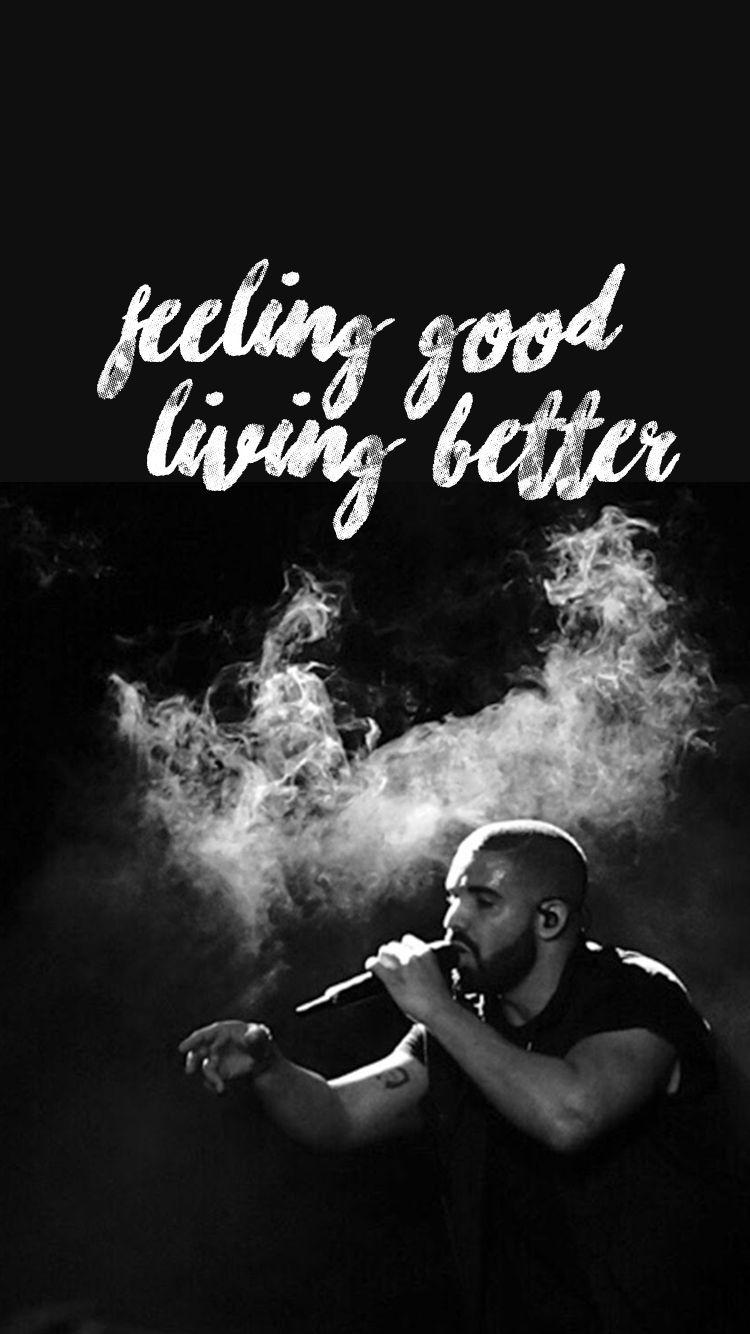
Renaissance is a maximalist opus of 16 tracks that summon six decades of innovation across the sprawling multiverse of post-1970s Black dance music.

But I'm struck that she seems to want us to mostly hear her first-and all that implies. Beyoncé's no fool: she promoted Renaissance by way of a high-end fashion spread in British Vogue, and the tantalizing, slickly-rendered album art and photography. This time around, Renaissance's retro-'90s lead single "Break My Soul" climbed the pop charts without an official narrative feature music video. Every other Bey event of the past nine years - 2013's surprise visual album Beyoncé, 2016's HBO-delivered musical film Lemonade, 2019's Netflix-assisted Homecoming, 2020's Disney+ tie-in Black is King - has been an immersive feast for the eyes as much as, or even more than, the ears. Jason King: The first thing that strikes me about Renaissance, Beyoncé's ultra-anticipated seventh solo album, is that it's her first full-length release I've listened to rather than watched since 2011's 4. Ĭan Queen Bey command the legions of listeners who follow her back to those sweaty, communal, utopian spaces that span decades of history and memory? NPR Music convened three critics - Ann Powers, Jason King and LaTesha Harris - to linger over the build and release of Renaissance and see how deep the dance floor ecstasy goes.

Thick with references to dance music past and present and the Black artists who've built the genre, there's much to dig into on the overwhelming, energetic and well-studied Renaissance. There was a lead single, a properly announced release date and even a highly publicized leak, but the retro-leaning familiarity of Beyoncé's approach hasn't lessened the impact of an album that demands a deep decoding. After nearly a decade of shifting the music industry with surprise drops and arresting visual albums, Beyoncé's seventh full-length album, Renaissance, emerged into the world on Friday in a way that almost felt traditional.


 0 kommentar(er)
0 kommentar(er)
